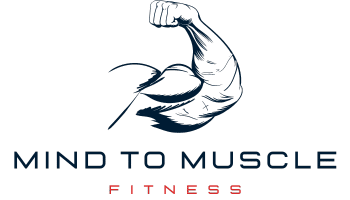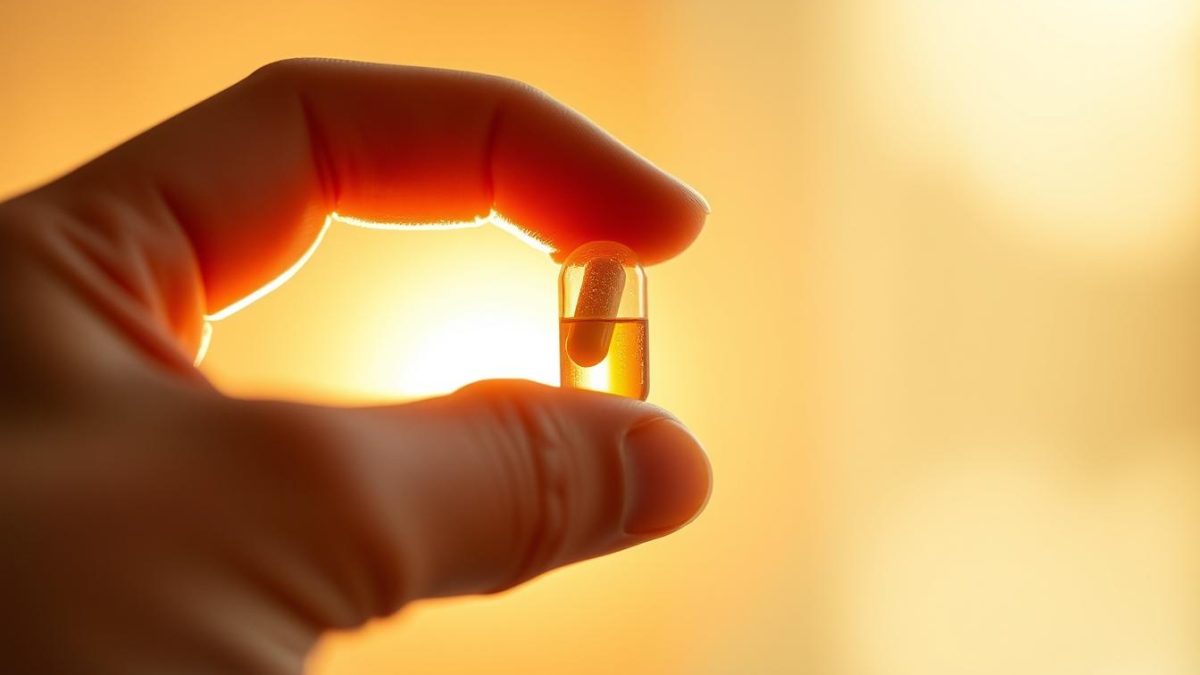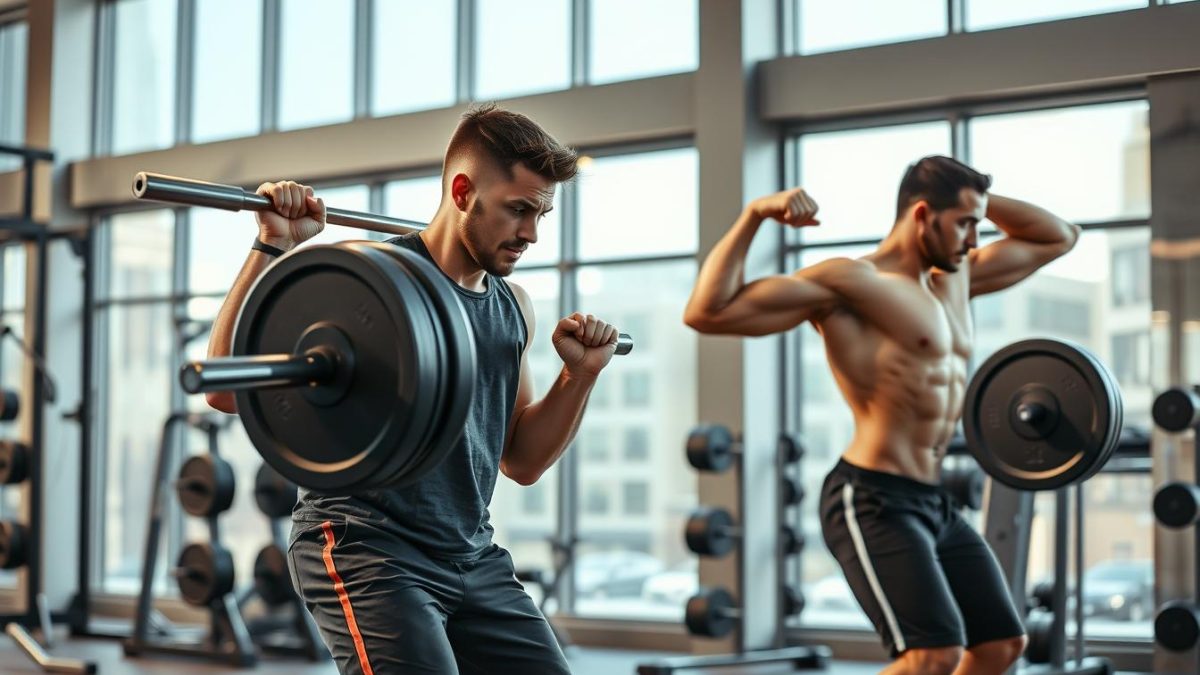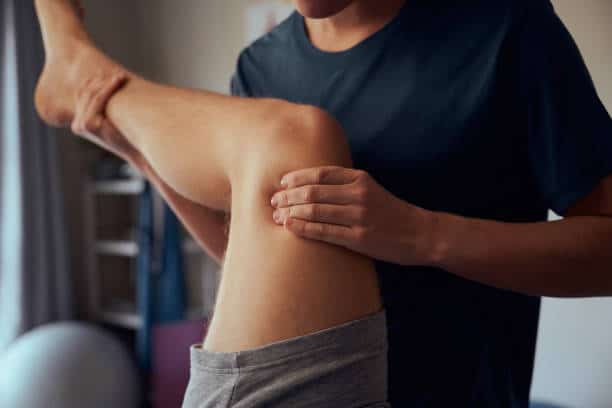
Easing Post-Workout Pain: Massaging Sore Muscles
Massaging sore muscles after workout is very important. According to research, a large number of individuals may experience delayed onset muscle soreness (DOMS) after engaging in unfamiliar or intense exercise. This study highlights that muscle soreness is quite common among those who push their limits or try new workouts.
As someone who regularly hits the gym, I’ve found that muscle pain relief through massage can truly enhance overall performance.
After struggling with persistent aches, I realized that incorporating massage into my routine was a game-changer. It not only eases discomfort but also supports quicker recovery.
In this article, I’ll share how integrating massage therapy into my post-gym routine transformed my recovery experience.
Why Post-Workout Pain Happens
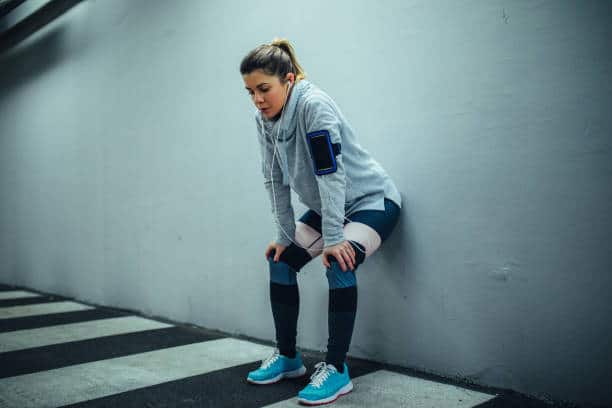
Muscle discomfort following exercise can be physically taxing and psychologically intimidating. But by knowing why this discomfort occurs, you can lessen its impact and get ready for future sessions more effectively.
Understanding Muscle Soreness
Muscle soreness typically results from exercise-induced muscle damage, which occurs after intense physical exertion. When you push your muscles hard, tiny tears develop in the muscle fibers. This soreness is a natural part of the repair process, where the body works to heal and strengthen the muscles. As your muscles recover, they become stronger and more resilient, better equipped to handle future workouts.
Common Causes of Soreness
Lactic acid is frequently to blame for the soreness experienced after an exercise. Lactic acid accumulates in the muscles during intense exercise, which hurts. Additionally, as muscles adjust to new pressures and movements, unfamiliar or new workout regimens may cause an increase in discomfort.
Delayed Onset Muscle Soreness (DOMS)
DOMS, or delayed onset muscle soreness, usually appears 24 to 72 hours following physical activity. For exercise aficionados, regardless of skill level, it’s a typical experience. Although DOMS is a normal part of the muscle’s adaptation process, it can be difficult to manage because it is caused by microscopic tears in the muscle. Being aware of the science underlying DOMS aids in both anticipating and reducing this discomfort.
The Benefits of Massaging Sore Muscles

The benefits of massaging sore muscles are enormous. It not only aids in the healing of muscles but also offers much-needed stress alleviation. Below, let’s examine the particular benefits of this exercise.
Promoting Blood Flow
An important advantage of massaging aching muscles is increased circulation. Massage increases blood flow to the injured location, supplying the tissues with nutrition and oxygen. Your muscles heal more quickly because to the improved circulation, which helps you get back on your feet sooner.
Reducing Tension and Stress
In addition to its physical advantages, massage aching muscles has a major positive impact on mental health. A massage relieves tense, knotted muscles and offers a palpable reduction in stress. Your body and mind are better able to recuperate from exercise when you are relaxed.
Enhancing Flexibility
Your exercise ambitions could be ruined by tense muscles. By facilitating myofascial release and dissolving stiff muscle fibers, regular massages can increase flexibility. The outcome? increased range of motion and a lower chance of injury during subsequent exercises.
Massaging Sore Muscles After Workout
Adding a post-workout massage to your fitness routine can be incredibly effective for relieving muscle stiffness and boosting recovery. After a tough workout, muscles often become tight and sore. A good massage can help relax these muscles, improve blood circulation, and speed up recovery.
I typically begin with gentle strokes and gradually increase the pressure to enhance blood flow to the sore areas. Focusing on specific muscle groups that have been heavily worked can be especially beneficial.
Here are some easy recovery techniques to integrate into your routine:
- Warm up before massaging with a hot shower or a heating pad to loosen up the muscles.
- Use a foam roller to target larger muscle groups like the thighs and back.
- Apply massage oil or lotion to reduce friction and ease movements.
- Follow a structured regime, dedicating at least 10-15 minutes to each session.
Maintaining consistency is essential. A well-thought-out massage regimen after an exercise can boost your overall performance and lower your chance of injury. Recall that the objective is to prime your body for upcoming workouts as well as to release any existing muscle tension. Let’s examine some advantages you can anticipate:
| Benefits | Impact |
|---|---|
| Improved Blood Circulation | Helps in nutrient delivery and faster muscle repair |
| Reduced Muscle Stiffness | Ensures better flexibility and range of motion |
| Stress Relief | Creates a relaxed state, aiding better mental health |
For those who are serious about their fitness, getting a massage after working out is not only a luxury but also a need. We may efficiently lessen post-workout soreness and maintain top physical condition by putting these recovery tactics into practice. Cheers to your massages!
Different Types of Massage Techniques
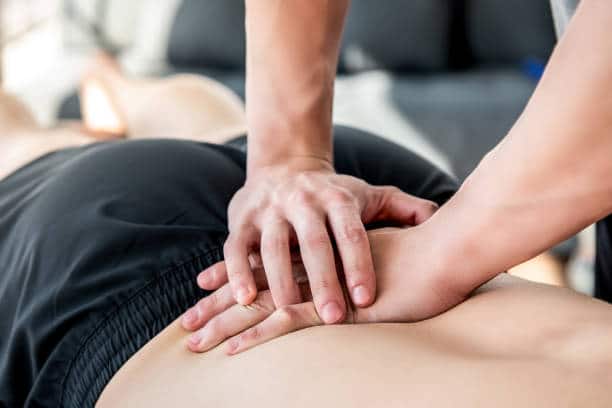
When it comes to reducing post-workout soreness, knowing the appropriate massage techniques makes a tremendous difference. Understanding these approaches can increase your at-home rehabilitation regimen and keep muscle discomfort at bay.
Swedish Massage
Swedish massage is a top choice for relaxation and relieving muscle tension. This technique uses long, gliding strokes in the direction of blood flow back to the heart. By enhancing circulation, Swedish massage helps reduce muscle stiffness and promotes overall relaxation.
Deep Tissue Massage
For persistent soreness or muscle knots, deep-tissue massage is particularly effective. This technique targets deeper layers of muscle and connective tissue, addressing trigger points that contribute to chronic tension. If you’re dealing with tight muscles or adhesions, deep tissue massage can enhance muscle flexibility and relieve pain.
Self-Massage Tools
If professional massages aren’t feasible, self-massage tools can be a great alternative. Foam rollers and massage balls are excellent for addressing muscle knots and tight areas. These tools aid in at-home recovery by enhancing blood flow and reducing muscle tension. Regular use of foam rollers and massage balls can significantly improve your post-workout soreness management.
FAQ
What are some effective techniques for easing post-workout pain?
Massaging sore muscles can greatly enhance post-exercise recovery. Using different massage techniques, I’ve found it effectively reduces muscle pain and workout-induced soreness. This practice not only provides immediate relief but also supports long-term muscle health and flexibility.
Why do I experience soreness after working out?
Muscle soreness usually happens due to exercise-induced muscle damage. When I exercise intensely, my muscles experience stress that leads to micro-tears. As my body repairs these tears, soreness can occur. Also, the buildup of lactic acid during intense workouts can add to the discomfort.
What is Delayed Onset Muscle Soreness (DOMS)?
DOMS, or Delayed Onset Muscle Soreness, refers to the muscle pain that typically sets in a day or two after a workout. This delayed reaction is common among both beginners and experienced fitness enthusiasts. It results from muscle adaptation and repair, showing that my muscles are growing stronger as they recover from the workout strain.
How does massaging promote muscle recovery?
Massaging sore muscles after a workout can boost blood flow, which helps speed up recovery. Enhanced circulation delivers essential nutrients and oxygen to the affected muscles, accelerating the healing process. Additionally, massage reduces tension and stress, promotes overall relaxation, and aids in myofascial release.
What benefits do I get from incorporating massages into my post-workout routine?
Incorporating a post-workout massage routine helps me alleviate muscle stiffness and discomfort more effectively. Massages aid in recovery, enhance flexibility, and relieve stress. These benefits contribute to improved performance and overall well-being, making them a crucial component of a balanced fitness regimen.
Can you recommend different types of massage techniques for sore muscles?
Absolutely! Swedish Massage is excellent for relaxation and stress relief, while Deep Tissue Massage is effective for addressing knots and tight muscles. For at-home recovery, self-massage tools like foam rollers and massage balls can be highly beneficial. Integrating these techniques into your routine can significantly improve your management of workout pain.
